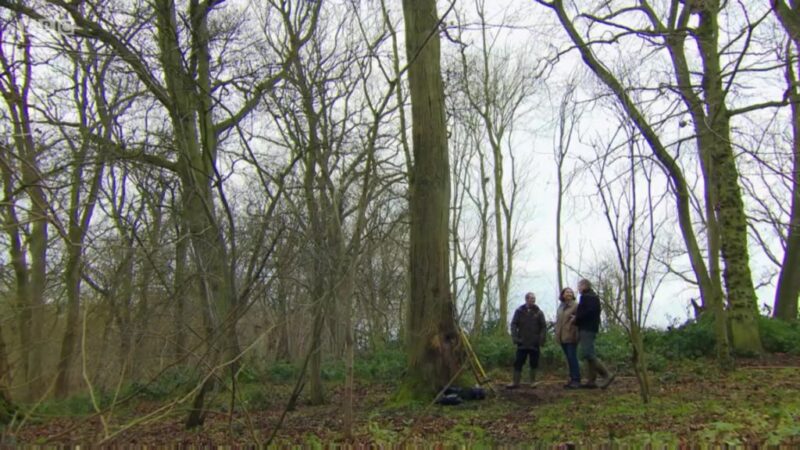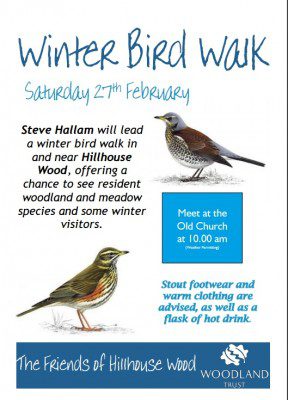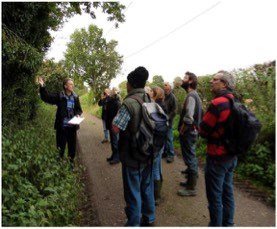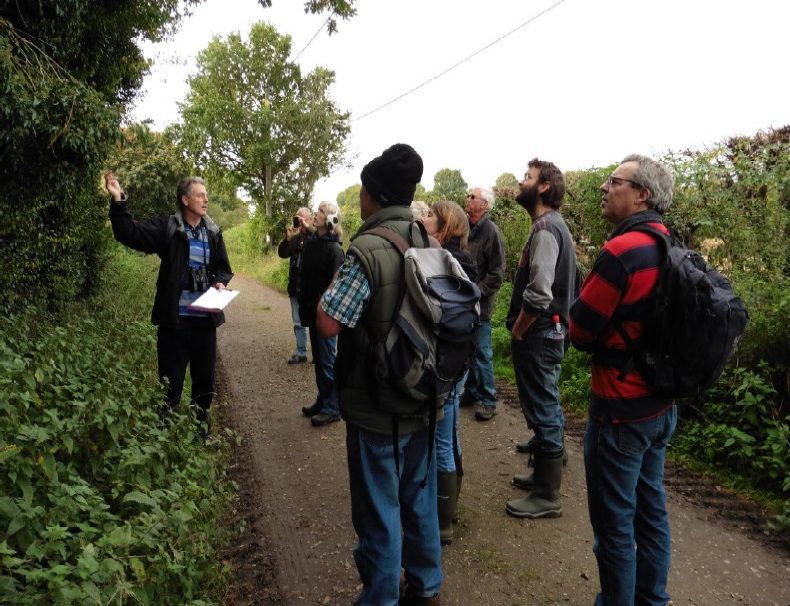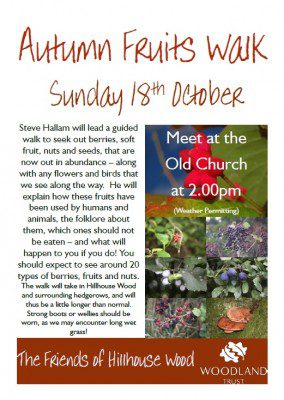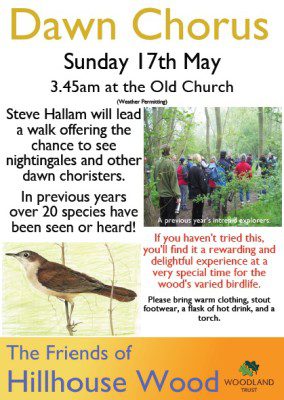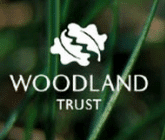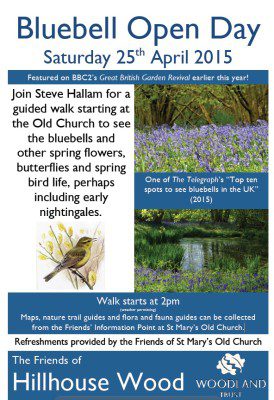Winter Bird Walk 2016 Report
The morning of Saturday 27 February was cold, dank and a bit dismal – not at all inviting. So naturally 15 people turned out for the 2016 Winter Birds guided walk in Hillhouse Wood, West Bergholt. This was the largest number that I can recall for this walk. It is one of the most variable of the ones I lead, both in terms of what we see and how many attend. One year there was just two of us. I was glad to see that Linda Firmin, Jo’s widow, had turned up, as if there is anything to see she will spot it.
One of the curiosities of these walks is that the spot at which we congregate can produce as many birds as anywhere else on the walk. And so it proved to be this year. While we were waiting (and no one was paying any attention to birds), I could hear Mistle Thrush, Greenfinch, Robin, Jackdaw, Chaffinch and Dunnock all either singing or calling. This is also one of the better places to see one of the local Buzzards (how nice that phrase sounds!) over Stitchings Wood, although we were not favoured with a sighting on this walk. They probably thought the weather was too uninviting.
The track to the wood did not produce much more than we had seen at the old church, just one or two Great and Blue Tits. As I have done more of these walks I’ve learned that one of the things I can do when there’s not much to see on the day is to talk about what you can see at other times at various points. So along the track non-existent Yellowhammers and Meadow Pipits came to my rescue, along the lines of ‘during summer, this is a good place to see ….. (believe me, honest!)’.
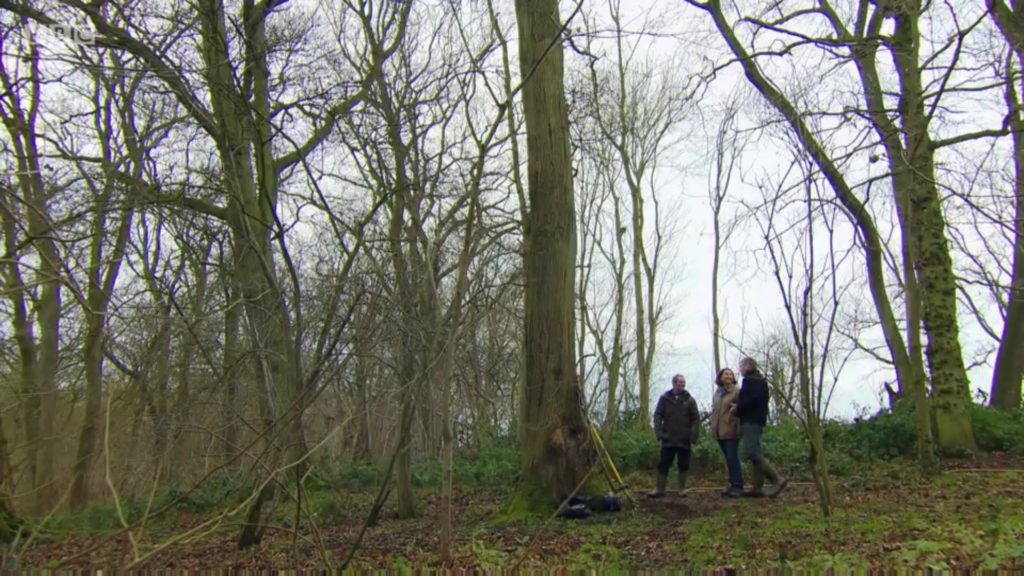
As we entered the wood I was able to point out the now famous (to me, at any rate) ‘Countryfile tree’, around which Tom Heap had demonstrated how air spading with biochar could be a potential solution to the Ash Dieback disease. In fact the fruits of his labours to disturb the soil were still evident. Fortunately a good number of the group were Countryfile fans and had seen this piece in the previous week’s programme. Andrew Savage, the Chair of the Friends, was also able to point out the work done by the previous work party to clear Reedmace from the top pond. It is a constant battle to keep part of the pond clear; the best we can do is aim for a ‘score draw’.
The wood was relatively quiet, bird wise, so the ‘this is a good place to see’ technique was deployed a few more times, as various absent wild flowers, Nuthatches, Siskins and Nightingales came to my rescue. One of the oddities of winter wood birdwatching is that all can be quiet one moment, and then suddenly the wood becomes alive as a travelling band of birds moves through right where you are. If only I could predict when and where this will happen! Eventually we came across such a band, albeit a small one. Great, Blue and Long tailed tits were seen. And then, the hoped for highlight of the walk, not one but two Nuthatches. I’ve mentioned before how these moved into the wood about four years ago, having been absent for at least the thirty years I’ve been here. So it’s always great to see them, and they are a lively and attractive bird to see, to boot. Luckily these two provided relatively close and clear views, although they clearly hadn’t read the books about how they run down a tree (to avoid direct competition with Treecreepers, which run upwards). These two were running both up and down – that’s cheating, in my book.
The wood had one more pleasure to show us: in the tops of the Alders by the stream there were no Siskins (even for Linda’s sharp eyes), but we did spot a Goldcrest high up in the tops (if you see a ‘Wren’ that high above the ground, odds on it’s a Goldcrest). And so back to the old church, and then to a much more inviting hot cup of tea and radiator!
Steve Hallam


